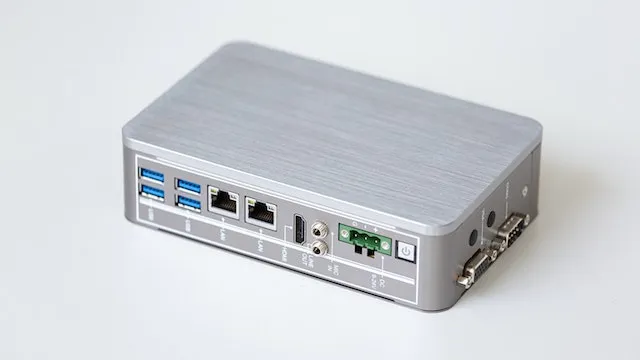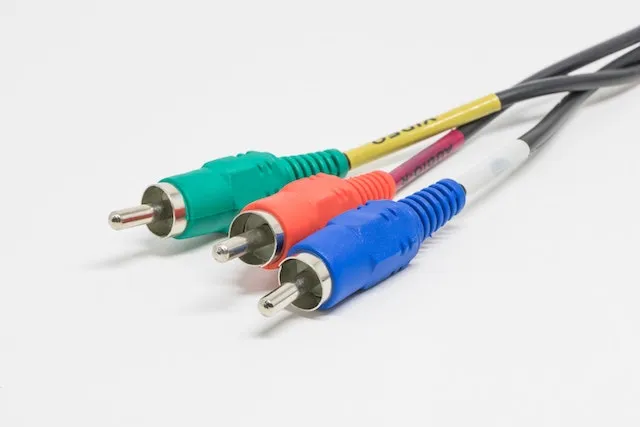What is Bandwidth: All You Need to Know
What is Bandwidth is probably one of the most common types of questions asked by internet users. The term bandwidth is commonly found in internet package services, hosting services, VPS, and so on.
In general, bandwidth is related to the transfer rate. In summary, transfer rate is the time it takes to transmit data from one location to another. Bandwidth is the term for the maximum capacity of data when transmitted over the internet within a certain period of time.
Table of Contents
- What is Bandwidth?
- How Bandwidth Works
- Types of Bandwidth On the Network
- Bandwidth Function
- How to Optimize Network Bandwidth
- Conclusion
What is Bandwidth?

Before discussing in more detail what is bandwidth, you first need to know its definition. This is so that you can get more complete and detailed information about bandwidth.
In short, bandwidth is the number of data transfer consumption values calculated in bits per second or bits per second (bps), between the server and the client in a certain time span. Another definition of bandwidth is the maximum capacity of a communication line used to transfer data in seconds.
In the world of the internet, the ethernet cable that connects the network will be traversed by data packet traffic with a certain maximum amount. So, bandwidth is the maximum amount of a communication line to process sending and receiving data in seconds.
Read: Peer to Peer Networks: Complete Introduction
An internet connection that has a greater bandwidth will be able to move a number of data much faster than an internet connection with a lower bandwidth. This is what makes bandwidth often a user consideration in choosing an internet network.
The unit in bandwidth is bits per second. For example, to describe a data transfer rate of 10 million bits (megabits) per second, it can be written as 10 Mbps or 10 Mb/s. If the bandwidth increases, then the amount of data that can flow in a certain amount of time will also increase.
Let’s say you’re streaming a video, your friend is playing an online game, and some other person on your network is downloading a file. If the internet bandwidth you have is small, then the internet connection will be a little slower, because the two are interconnected
How Bandwidth Works

After knowing about what is Bandwidth, you also need to know about how Bandwidth works. Bandwidth is an important factor in measuring or analyzing network performance and designing new networks. Even so, bandwidth is not the only factor that affects the speed of a network.
In an analogy, bandwidth works like a water pipe with a certain diameter. Water is likened to data on the network. The rate or discharge of water that comes out through the hose is its bandwidth.
That way, the bigger the pipe, the more water that can flow from the pipe. That means the greater the bandwidth, the greater the data transfer capacity that can be streamed. The larger the diameter of the pipe, the greater the amount of water that can flow through the pipe over a period of time.
Read: What is a Node in Computer Network – A Complete Guide
Assume that the water pipes in the house are having the same pipe (in this case as the bandwidth). Pipes in the house flow into several parts, such as bathroom faucets, sink faucets, and several other faucets.
When the faucets are turned on simultaneously (in this case as the number of data downloads to the device used), the water pressure at each point of the faucet (the speed of each device) will decrease.
Because the main pipe divides the flow so that everyone gets their share (bandwidth divides the data transfer rate). So that the volume or flow velocity will decrease significantly.
It is similar to internet and network connections. The more bandwidth used, the data flow rate will decrease. This is because the network will divide the volume of data evenly among the various connected devices.
Types of Bandwidth On the Network

In general, the bandwidth on a computer is related to the speed of a network to transfer data every second. The greater the bandwidth of a network, meaning the faster the data is transferred.
Bandwidth is often classified into several different categories. For information, here are some types of Bandwidth that you need to know:
1. Digital Bandwidth
The first type of bandwidth on a computer is digital bandwidth. This type of bandwidth transmits information digitally, can be via cable or wireless channels and has a unit of count per second (bps).
2. Analog Bandwidth
The next type of bandwidth is analog bandwidth. Analog bandwidth is measured using units of Hertz (Hz) which can determine the amount of information that can be streamed in a certain period of time.
Bandwidth Function

Now you know what is Bandwidth and how it works. As additional information, here are some bandwidth functions you need to know:
1. Set the Data Transfer Capacity
The first function of bandwidth is to regulate the amount of data transferred. This data restriction is carried out by network administrators on internet users who access the website or download.
The goal is to reduce high traffic in the long term, because it can disrupt the stability and bandwidth capacity itself. When bandwidth is limited, the network can become more stable because no particular device is draining more bandwidth. That way, no bandwidth is sucked unequally so that the internet can be accessed fairly by all users.
2. Split Data Transfer Speed
Second, the bandwidth function is to divide the data transfer rate. With this function, the speed you have can be shared fairly for all users. The division also aims to prevent users from fighting over each other for bandwidth.
Read: Fiber Optic Cable Types – A Complete Guide
On the other hand, if you don’t use bandwidth, the entire bandwidth may be allocated to the network that is used by only one user, while other users cannot use the network.
3. As a Data Delivery Media Size
Another function that is no less important than bandwidth is to regulate the size of the data transmission media owned by the computer or network in it. The size of the bandwidth is usually used as a guide for users in choosing a provider or service provider related to internet connections.
How to Optimize Network Bandwidth

You already know what is Bandwidth and also its function. So that you can use bandwidth smoothly, there are a few things that need to be considered. For information, here are some ways to optimize bandwidth on the network.
1. Eliminate Unnecessary Internet Activities
One way to optimize bandwidth is to eliminate unnecessary internet activity. For example, to increase bandwidth in a company or office, it can be circumvented by blocking network traffic on certain sites so that bandwidth is more efficient and not wasted.
2. Using QoS
The next way that can be used to optimize bandwidth is to use QoS. Through this QoS, you can order mobile phone traffic to prioritize opening certain applications or services. So that applications that are not used can be closed temporarily.
3. Updating Backup
You can also optimize bandwidth is by updating backups. Utilizing update backup operations can reduce network performance. It is recommended that the backup update be done outside of business hours so as not to interfere with the flow of network traffic.
4. Leveraging the Cloud Network
Using the cloud is an easy way to optimize bandwidth. The way it works is by diverting some of the traffic to a private network. With the cloud you can also reduce some of the pressure on the network. It can also improve the performance of applications that are used more often.
Conclusion
Bandwidth is one of the important components on the internet network. The size of the bandwidth capacity on the network will be able to affect the speed of data transfer on the network. So that it can affect the overall network performance.
In short, bandwidth is the data transfer capacity at a certain time on a network. There are two types, namely digital and analog bandwidth. In general, there are three main functions of Bandwidth, namely regulating the data transfer capacity, dividing the data transfer speed, and the size of the data transmission media.
That’s a complete discussion of what is Bandwidth that you need to know. After reading the review, hopefully you can have more maximum knowledge about Bandwidth, types, and also the functions it has.
